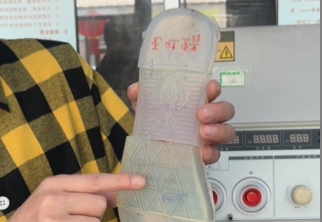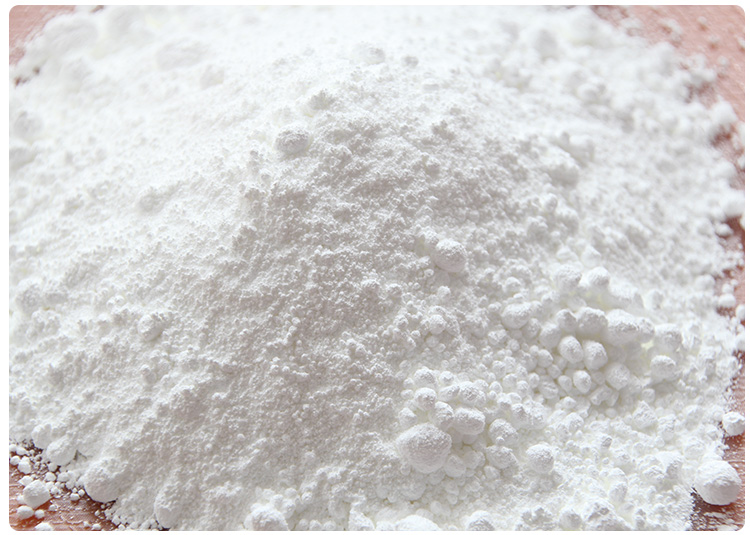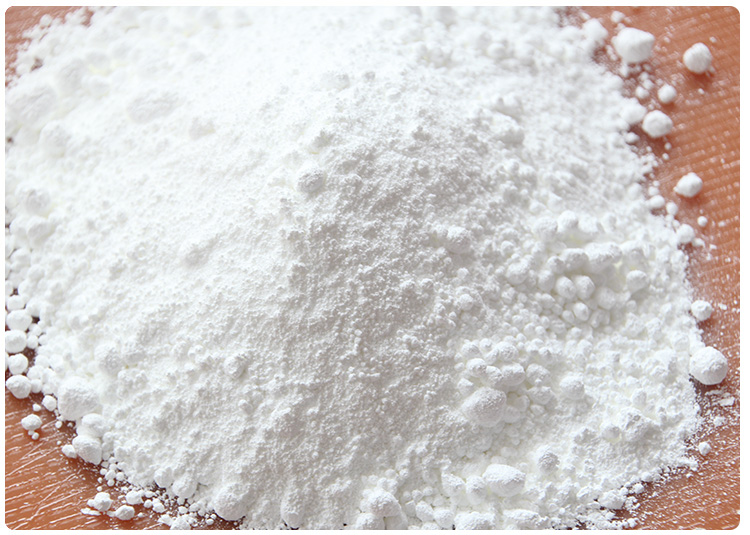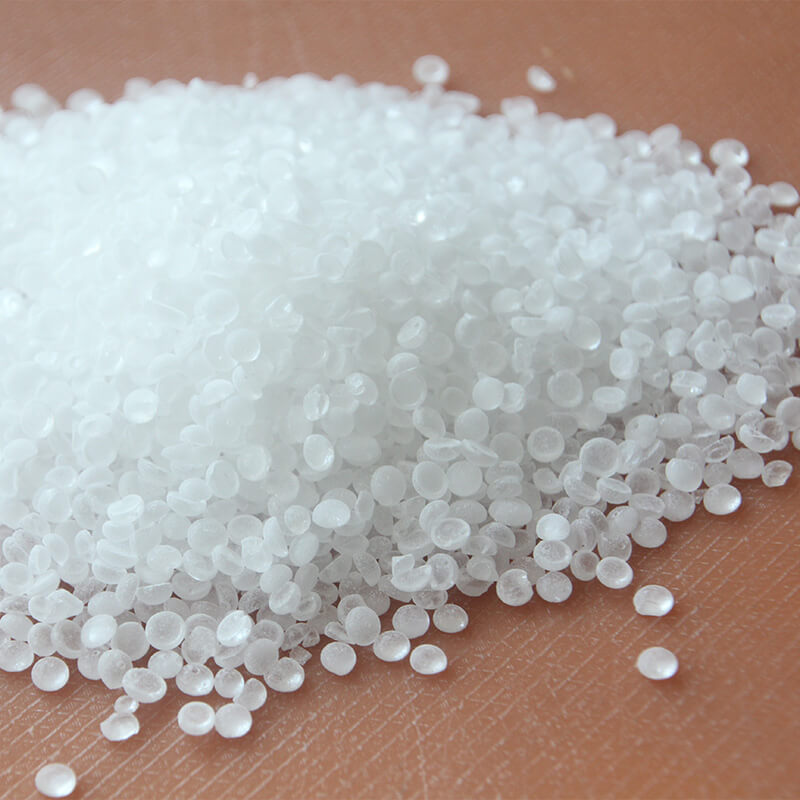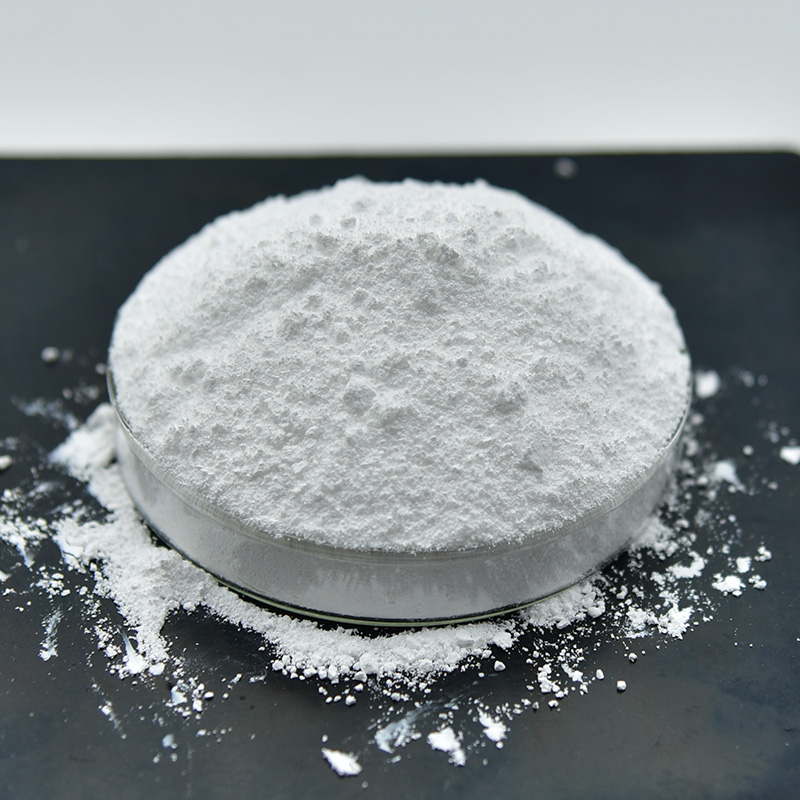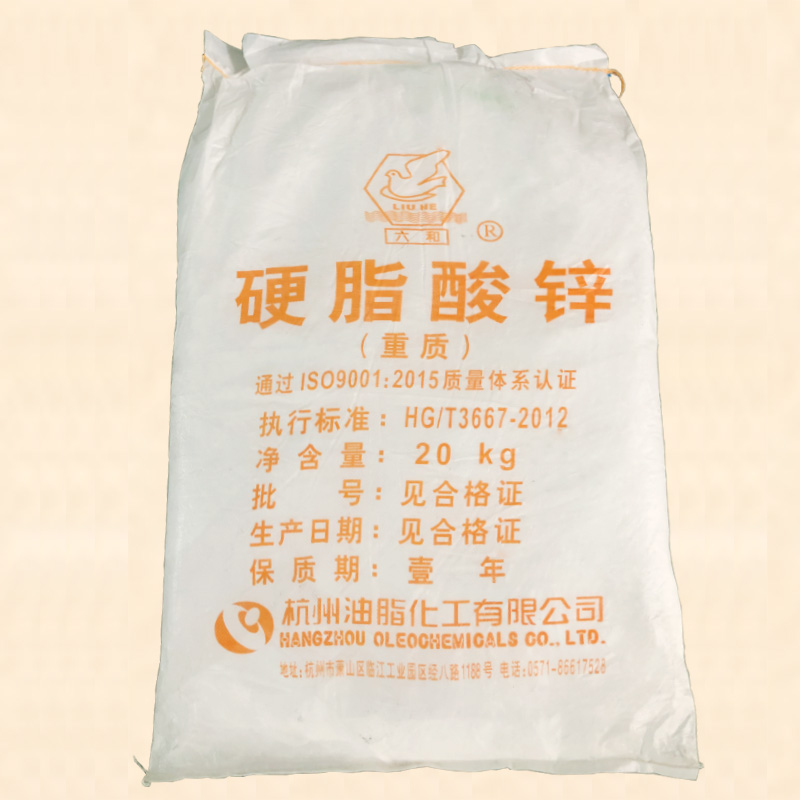Rubber yellowing discolouration how to solve the
- Mingpai
- 2024-06-12 16:37:16
To address yellowing and discoloration in rubber, several approaches can be taken depending on the underlying causes, which typically include UV exposure, oxidation, high temperatures, or chemical reactions. Here's how to tackle it:
Add Antioxidants and UV Stabilizers: Incorporating appropriate amounts of antioxidants and UV stabilizers during the manufacturing process can significantly slow down the aging process of rubber and prevent or delay yellowing.
Use Anti-Yellowing Agents: Specific anti-yellowing agents can be added to absorb UV rays, shielding the rubber from discoloration due to sunlight exposure, particularly useful for products that will be outdoors for extended periods.
Improve Storage Conditions: Prevent prolonged direct exposure to sunlight and high temperatures by storing rubber products in cool, dry places. This simple measure can greatly reduce yellowing.
Develop Special Formulations: Utilize less discoloration-prone rubber materials or adjust formulations. Certain types of synthetic rubbers, like EPDM, inherently offer better weather resistance and slower aging properties.
Surface Treatment: For already discolored rubber, surface cleaning, polishing, or applying a protective coating can improve aesthetics. However, these are more superficial solutions and may impact rubber properties.
Coating or Plating: In some cases, coating or plating the rubber surface can form a barrier against environmental factors. While this method is typically reserved for specific applications and can increase costs, it provides an additional layer of protection.
Each solution has its suitability based on the product's end-use, budget, and performance requirements, so choosing the right strategy is key.
